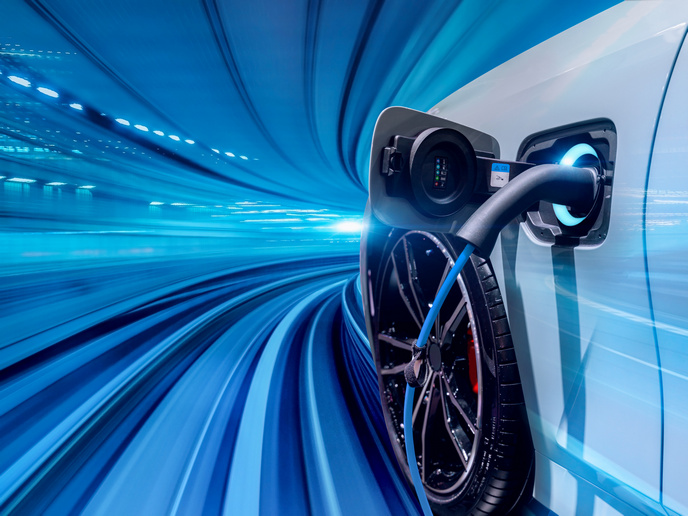Innovative electric vehicle to support energy efficiency solutions and green transport
The EU-funded AMBER-ULV (Automotive mechatronic baseline for electric resilient ultra light vehicle) project developed a mechatronic platform that is suitable for equipping different vehicle architectures that range from two- to all-wheel drive configurations. It can also adopt any available motor technology. Project partners built a prototype that comes with two battery packages. The main battery is permanently installed below the rear seats for everyday driving. The additional battery is located at the vehicle’s bottom. They also designed and manufactured a hybrid metal composite chassis that includes functionalities such as a deformable crashbox and a structural battery tray that protects the batteries. The chassis connects carbon fibre sill beams with steel tubular trusses and folded metal sheets. The sill beams demonstrated the potential to protect occupants and batteries in a lateral crash scenario. Researchers also built two battery management system electronic circuits that were directly integrated into the battery pack. The two batteries address range anxiety, or the fear that a vehicle won’t have enough stored power to handle daily driving or reach its destination. The prototype achieved driving performances consistent with project objectives. These include a maximum speed that exceeds 100 km/h, a new European driving cycle range around 228 km, acceleration from 0 to 70 km/h in 14 s, and emergency braking distance from 80 km/h to a complete stop in 25 m thanks to deep regenerative braking. Lastly, a single full vehicle underwent various driving tests, including handling, braking, range and charging time, with the possibility to switch the developed controllers and devices on or off. AMBER-ULV closed the gap between heavy quadricycles and passenger vehicles in terms of safety and performance, while maintaining a suitable and affordable price-quality ratio. It also explored new concepts by introducing composite materials for mission-critical functional tasks, such as crashworthiness, instead of using expensive carbon fibre. The project outcomes may one day impact the way electric vehicles are designed and manufactured.







